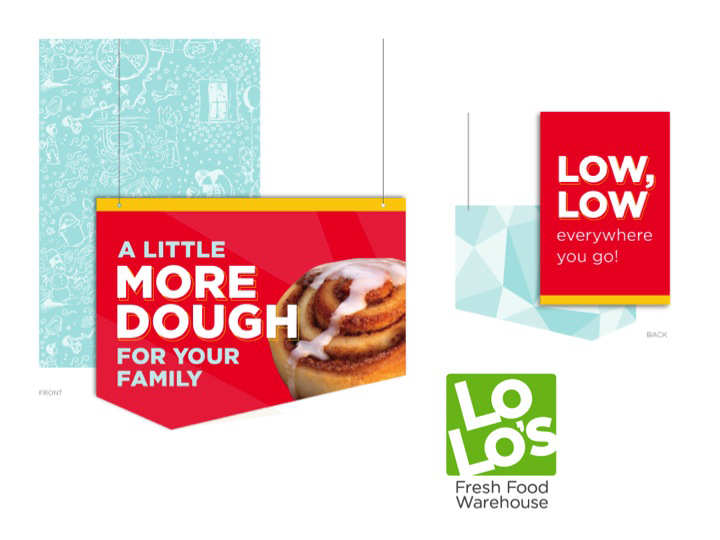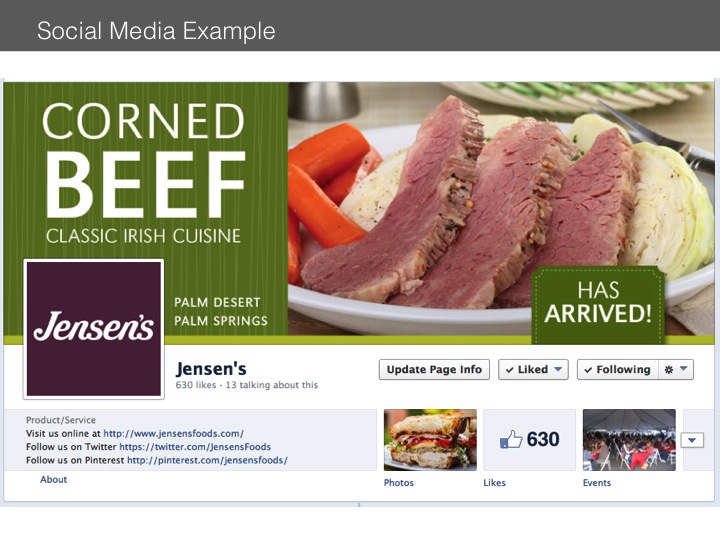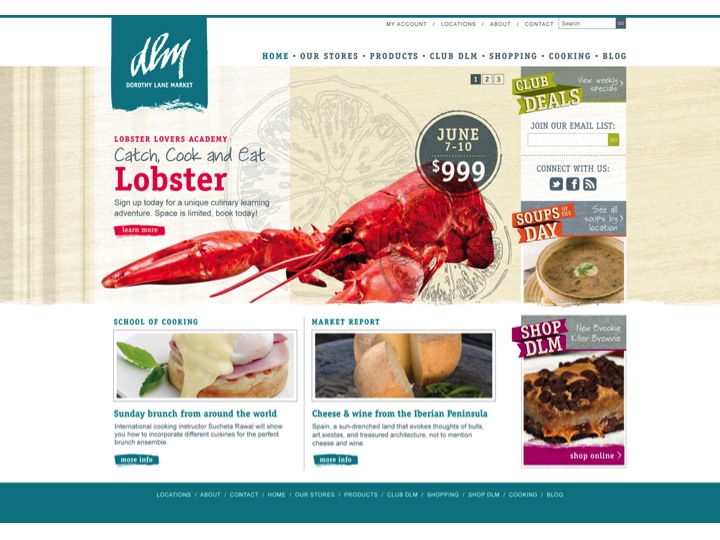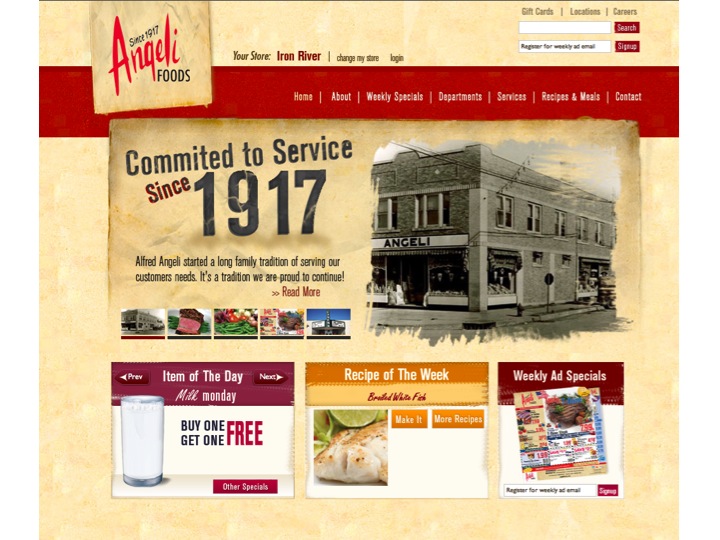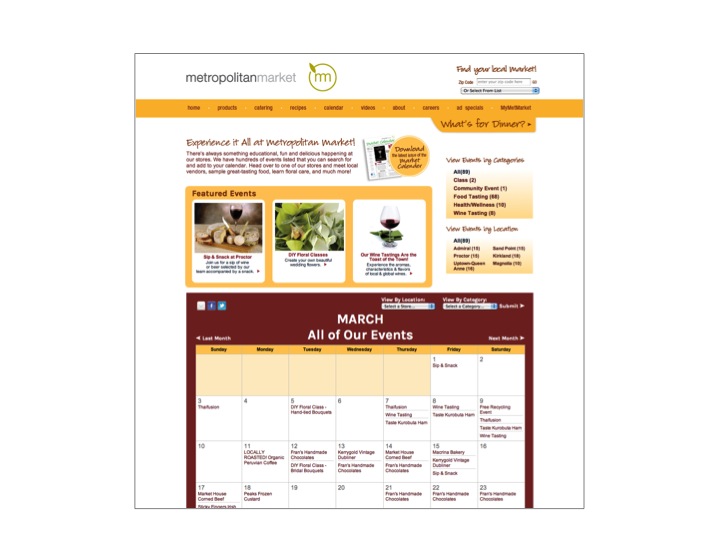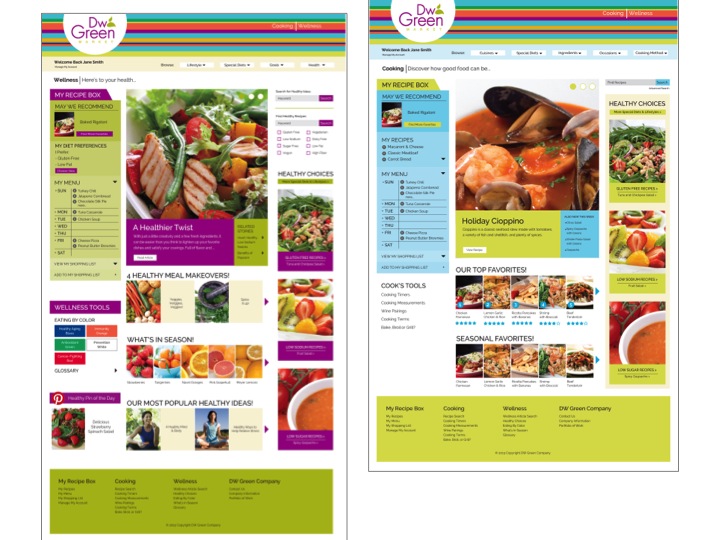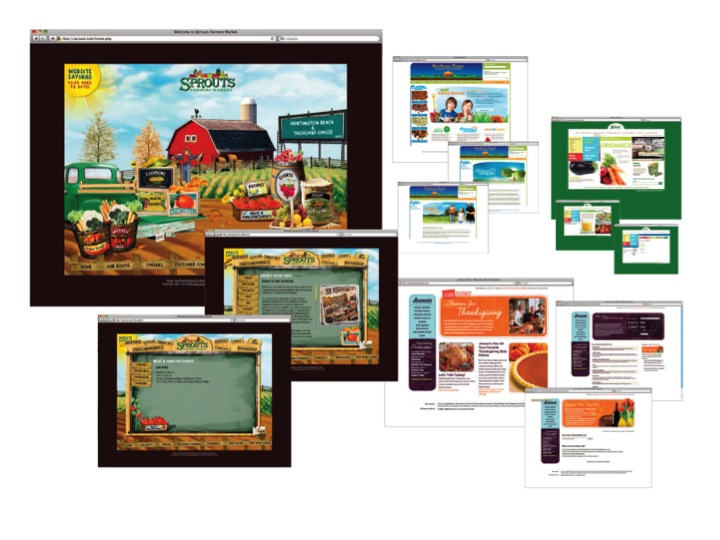DW's Blog
Activity Breeds Success
by DW Green — March 23, 2010
High market share and high profit share result from high activity share.
High activity is a sequence of related smaller activities aimed at positioning your store as the best in the areas you select. Strategic Positioning means performing different activities from rivals or performing similar activities in different ways. Differentiation arises from both the choice of activities and how they are performed. Activities, then, are the basic units of competitive advantage. Overall advantage or disadvantage results from all of a company’s activities, not only a few.
Activities Have Cumulative Value
Activities don’t have an ending date. They continue even though your store(s) may overlap them with other activities. The more you are able to do—and the more effectively you do it—the better they work.
Small day-to-day achievements grow into momentum. Once established, momentum is easier to sustain than it is to start again once it is lost. The key is to keep developing and executing activities that are consistent with the long-term mission and objectives of your company.
Once momentum is established, work becomes fun, which makes both customers and employees more excited about your store(s). Once the momentum builds, employees gain confidence and develop new ideas to widen the gap between the performance of you and your competitors. Customers tell other people about your store, and the momentum feeds on itself.
Developing a Highly Active Store
- Select major areas where you believe your store can become the best in the market. They can be areas that the market truly desires; where you can add value to what the customers receive.
- Decide the best seasonal time to introduce each new activity.
- Determine what needs to be done to get ready: research, training, procurement, operations, merchandising.
- Develop a plan to continue emphasizing the activity, such as advertising, in-store signage and so forth.
- Develop your pricing strategy.
- Prepare a final budget.
- Introduce the activity.
- Keep widening the competitive gap between you and your competitors.
It’s both simple and difficult!
Filed Under: DW's Blog












